Dell-VMware Spin-Off Deal: The 4 Biggest Myths And Rumors
CRN breaks down the four biggest myths surrounding Dell Technologies’ future with VMware with Dell’s upcoming spin-off of its 81 percent stake in VMware.
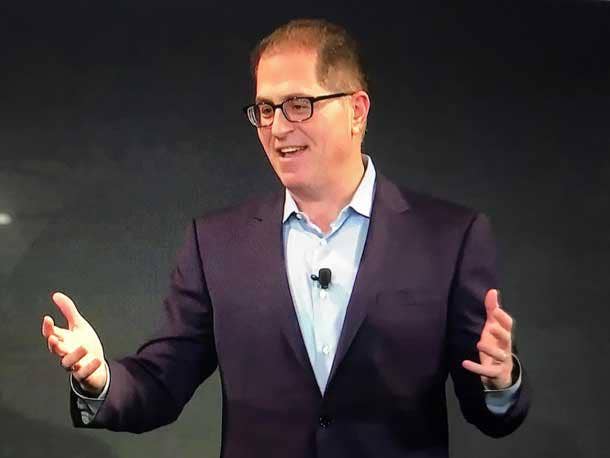
4 Dell-VMware Spin-Off Myths Debunked
A year since news first broke that Dell Technologies was looking to spin off its 81 percent majority stake in VMware, the $94 billion infrastructure giant confirmed the deal this month with expectations to complete the transaction in the fourth quarter of 2021.
“By spinning off VMware, we expect to drive additional growth opportunities for Dell Technologies as well as VMware, and unlock significant value for stakeholders,” said Dell Technologies founder and CEO Michael Dell (pictured) in a recent statement.
However, there are several key aspects of Dell’s deal that are being misconstrued, such as how much control Michael Dell will have at VMware once the deal closes. Here are the four biggest myths about the Dell-VMWare spin-off deal that you need to know.
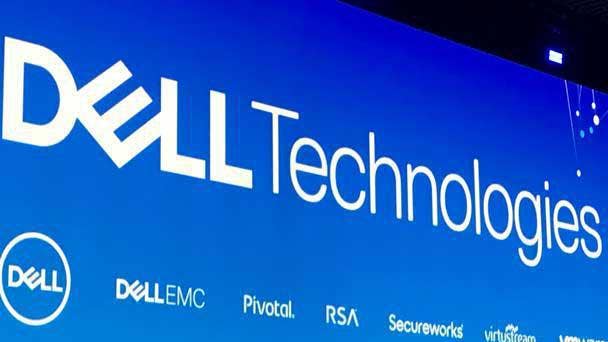
Dell Will No Longer Own A Majority Stake In VMware
Dell Technologies is selling its 81 percent stake in VMware to Dell shareholders, the largest of which is Michael Dell himself.
Sources confirmed to CRN that after the Dell-VMware spin-off is complete, Michael Dell will own approximately 41 percent of VMware. Additionally, Dell’s longtime private equity partner Silver Lake will hold an 11 percent stake in VMware following the spin-off, sources said.
This means that Michael Dell and his private equity partner will own a controlling stake of approximately 52 percent of VMware once the transaction closes.
In an interview with CRN in September, Michael Dell wanted to clear up any confusion about whether Dell was selling off VMware.
“So this is different from selling VMware — we are not selling VMware, by the way. Some people are a little confused about that,” Dell said. “Our core business is healthy. It’s got runway to continue to generate growth for years to come regardless of what structure we use, but this is certainly another example of our focus on creating value for the benefit of all of our shareholders.”
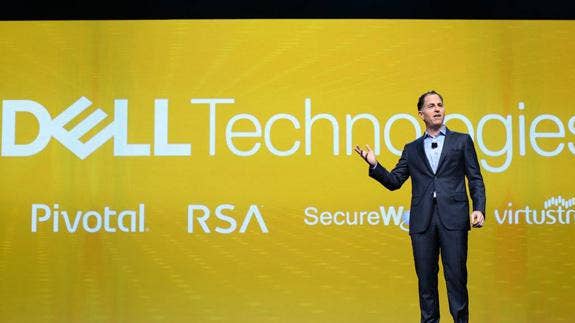
Michael Dell Won’t Have A Say In VMware’s Future
Michael Dell is the current chairman of the board at VMware and has been Dell’s longstanding chairman as well. Following the completion of the spin-off, Michael Dell will still be chairman of both VMware and Dell Technologies.
Although VMware will technically become a standalone company from Dell Technologies, Michael Dell will still hold some power as chairman and the largest VMware stakeholder. Additionally, VMware will continue to leverage several of Dell’s beneficial programs such as its capital arm, Dell Financial Services, for funding. Furthermore, VMware currently does not have a leader following the departure of former CEO Pat Gelsinger who left to lead Intel.
Michael Dell became VMware’s chairman following Dell’s blockbuster acquisition of EMC in 2016 for $67 billion, the largest IT merger in history.
“When Dell and EMC merged, they certainly consolidated a lot of legacy, but VMware gave them a really strong software foundation with which to build all products, especially all of the emerging products,” said Zeus Kerravala, principal analyst at ZK Research. “The reason why they were so successful in hyperconverged, for example, which led them to be the world leader, was they were able to stay in lock-step with VMware which is the No. 1 application running on HCI. He’s really used all the assets within the portfolio to create economic value. … As a CEO who’s responsible for driving shareholder value, which includes his own, you have to give him an A-plus [in the spin-off deal]. There’s no other grade to give him.”
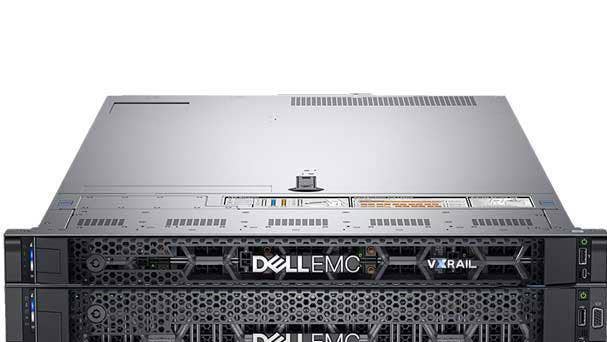
Dell And VMware Will Stop Building Products Together
After the spin-off is complete, both Dell Technologies and VMware have agreed to a five-year commercial agreement that “preserves and enhances” their strategic partnership to deliver joint customer value using “Dell go-to-market scale, VMware software innovation and collaboration on solutions,” according to the companies.
Dell will continue to sell VMware‘s product portfolio, while the two companies will continue to collaborate on joint solutions such as VxRail, VMware Cloud on Dell EMC, VeloCloud SD-WAN, Digital Workspace and across security.
Additionally, VMware and Dell have agreed to work together in the coming years on joint innovation areas including edge computing and telecommunications.
“Both companies will remain important partners, providing Dell Technologies with a differentiated advantage in how we bring solutions to customers,” said Michael Dell. “At the same time, Dell Technologies will continue to modernize its core infrastructure and PC businesses and embrace new opportunities through an open ecosystem to grow in hybrid and private cloud, edge and telecom.”
With a strong commercial agreement in place, Dell Technologies says it will continue to work closely with VMware to drive innovation and preserve go-to-market synergies while generating new growth opportunities through an open ecosystem.
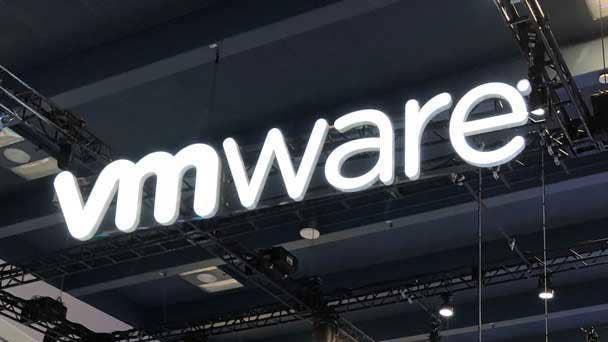
Spinning Off VMware Is A Loss For Dell
One of the main reasons why Dell is spinning off its 81 percent stake in VMware is so Dell Technologies can achieve an investment-grade credit rating, which Dell hasn’t held since Michael Dell took the company private in 2013.
Dell hopes to achieve an investment-grade credit rating by selling-off VMware which would boost Dell’s R&D and M&A abilities, capital structure as well as likely attract new investors.
“Dell itself is saddled with debt. That certainly holds it back from what it can do from an M&A and R&D perspective. So you could argue that customers are suffering a little bit in that they can’t drive the same type of innovation they could without it,” said Kerravala.
As part of the Dell-VMware spin-off deal, VMware will pay a special cash dividend of between $11.5 billion to $12 billion to the company’s shareholders, which will include around $9.5 billion for Dell Technologies who will use the funds to help paid off its $33 billion in core debt.